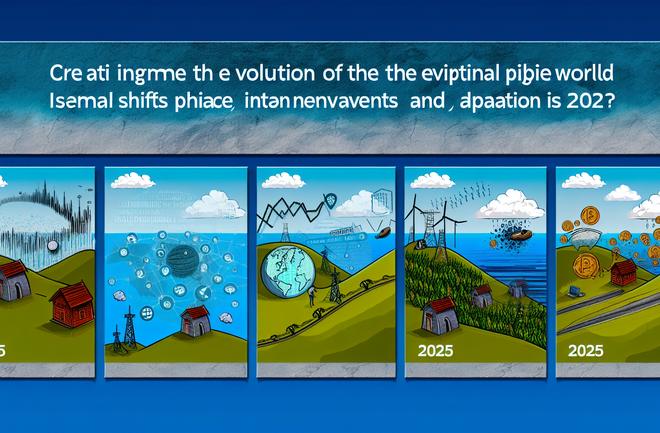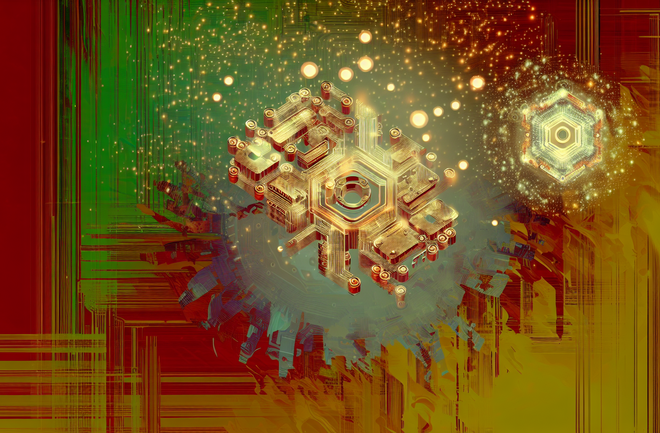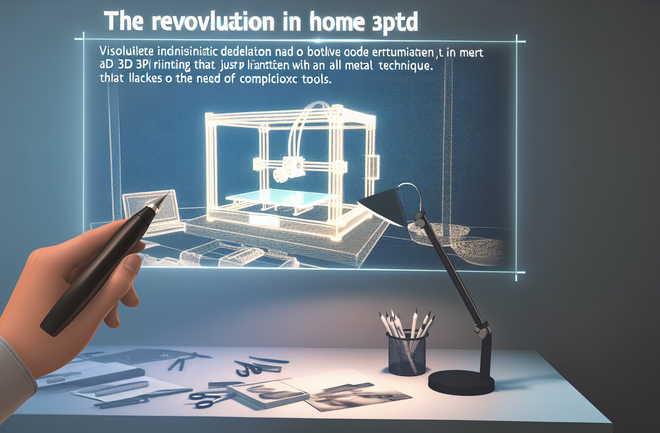
Nintendo Smooths the Transition: Making Switch Games Future-Proof for Switch 2
Nintendo’s strategy with its upcoming Switch 2 is clear: it’s not just about new games and enhanced hardware; it’s also about preserving and enhancing the existing library of beloved titles. Recent reports indicate that the company is diligently working on ensuring that more games from the original Switch are compatible with the much-anticipated Switch 2, setting a precedent for future transitions in gaming consoles.
This move is a testament to Nintendo’s commitment to its fan base and their significant investments in the original Switch lineup. By updating these games for Switch 2 compatibility, Nintendo is ensuring that gamers can enjoy a seamless experience across generations. The latest firmware update, Version 20.3.0, serves as a platform to introduce these compatibility fixes, ensuring that a broader spectrum of titles makes the leap to the new console without a hitch.
The gradual rollout of these compatibility patches highlights the importance Nintendo places on player satisfaction and the longevity of their gaming ecosystems. This approach contrasts with the once-standard practice where new consoles rendered older games obsolete unless re-purchased. By smoothing out potential compatibility kinks now, Nintendo is safeguarding against the discontent that often arises when gamers lose access to their favorite titles due to hardware changes.
From a business perspective, this strategy could significantly bolster the appeal of the Switch 2. It encourages early adoption by providing assurance to potential buyers that their existing game collections will not gather dust on a forgotten shelf. This kind of backward compatibility can also extend the lifecycle of both older and newer games, driving continued sales and engagement with Nintendo’s rich library.
Gamers who hold fast to their favorite original Switch games will likely appreciate these updates, as it means they can hold onto and replay beloved titles with confidence. It’s a move that respects the emotional and financial investments players have made. In an industry where technological advancement often leaves old products behind, Nintendo’s commitment to compatibility offers a refreshing change.
This initiative might set a new industry precedent, encouraging other console manufacturers to adopt similar practices. It highlights the importance of a holistic approach to generation-switching in gaming, where the focus is not solely on revolutionary new graphics or speed, but on sustaining community trust and continuity. Such measures could shift player expectations, prompting broader industry adoption.
In conclusion, Nintendo’s strategy of updating the compatibility of Switch games for the Switch 2 embodies a forward-thinking approach to console development. It underscores a customer-centric philosophy, intending to provide a smooth transition for dedicated fans. As we look forward to the Switch 2’s release, this effort may well enhance Nintendo’s reputation—not just as a purveyor of fun but as a guardian of gaming continuity.




